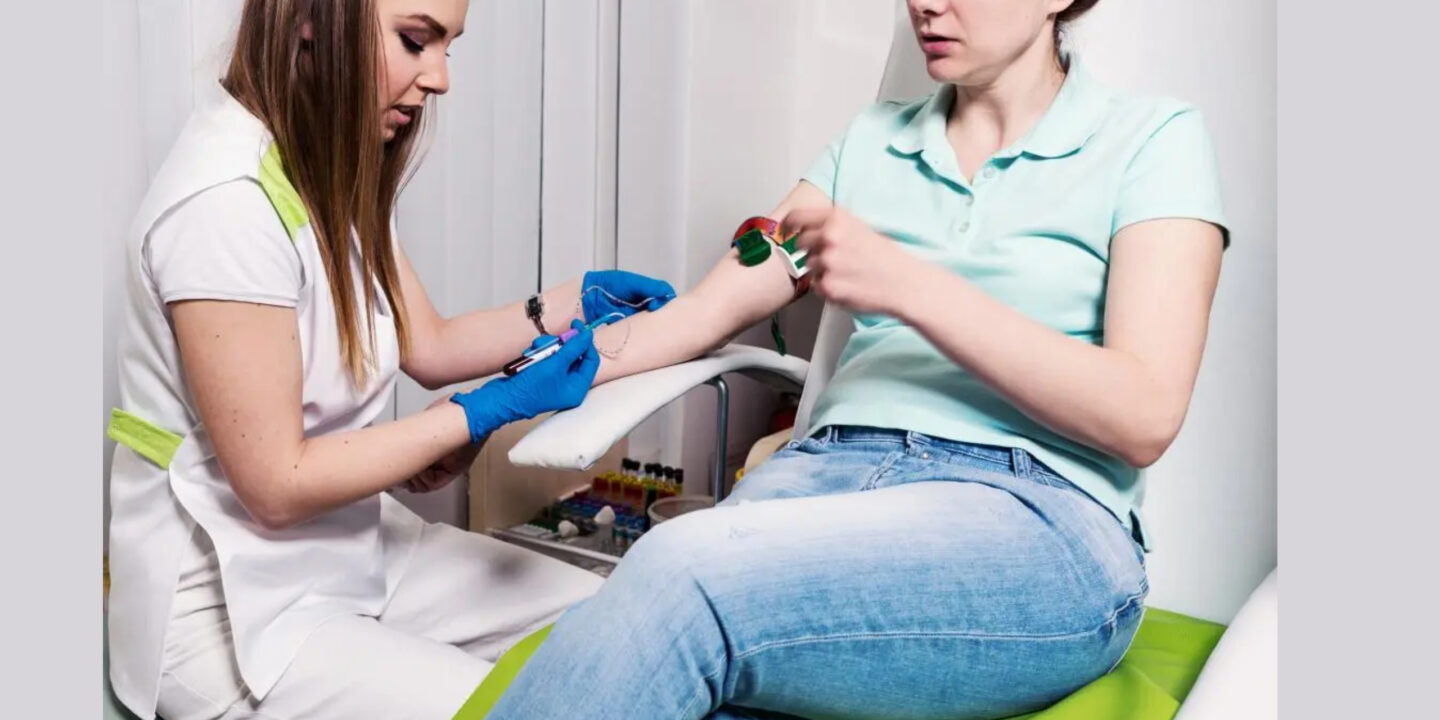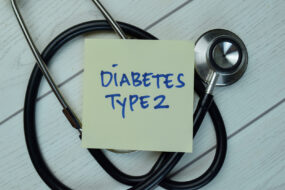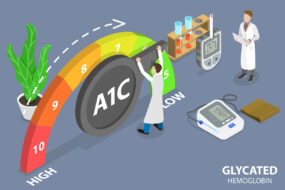
There are many questions surrounding the hemoglobin A1C test. Listed below are the important details, including how to get the test and how the results are interpreted. You should also be aware of the differences between normal and abnormal test results. This information will help you understand how this test can help you manage your diabetes. This test is an important part of your diabetes management, but it is not a cure for diabetes.
Glycosylated hemoglobin test
A Glycosylated Hemoglobin (HbA1C) test is a blood sample that measures how much glucose is stuck to hemoglobin A. A1C measures the percentage of hemoglobin that is glycated. A result of 7% means that the hemoglobin protein has been glycated. The test is performed by taking a sample of blood from a finger prick or regular blood draw. A1C results are reported as percentages, and will differ depending on the purpose of the test.
People with diabetes should get their blood tested for high HbA1c levels at least once a year. It can be helpful to know whether you're at risk for Type 2 diabetes. This blood test is accurate when it measures HbA1c levels in blood samples that have been fasted for several hours. However, if you've never had an A1C level before, this blood test might be a good idea.
A1C levels are often measured by measuring how much glucose is in your blood. The test can also show how well your blood sugar has been controlled over the past two to three months. Glycosylated Hemoglobin levels indicate how well you're controlling your diabetes. If you've had a previous high blood sugar test, you can use a Glycosylated Hemoglobin test to find out if you've improved or if you've become worse.
The A1C test is not a screening tool. It can only give a healthcare professional an idea of the level of your blood glucose over a three-month period. A1C levels under 7% are considered normal. People with risk factors for Type 2 diabetes should have this test done regularly to ensure they maintain an adequate level of blood glucose. The goal is to achieve an A1C level below 6.5%.
Variations in results
A1C test results may vary if you have a specific hemoglobin variant. Common hemoglobin variants are S, C, D, and E. People with S-variation hemoglobin are more likely to have a blood disorder called hemoglobinopathy. Symptoms of hemoglobinopathies may vary, but they are all related to diabetes. This article will review some of the common variations and explain why they might be important.
A1C results can be affected by a person's hemoglobin variant, but this variation will not necessarily increase the risk of diabetes. Instead, it may cause a false reading. A1C test results are important because they guide health care providers in changing the diet, exercise program, and medications they prescribe for patients with diabetes. But if the test is not done correctly, you could be at risk for false results.
The first step in identifying the cause of HbA1c results is to understand how these measurements affect blood glucose levels. The average level of hemoglobin A1c in people with diabetes is called the HbA1c. Its value represents the average blood sugars over the past two to three months. Consequently, high levels are linked with more diabetes complications, such as kidney and nerve damage. A 1% decrease in HbA1c results is associated with substantial protection against these complications. However, this test does not capture the amount of time spent in target ranges and the effects of hypoglycemia or other factors that can affect the A1C level.
Another important factor to consider is the seasonal variation of HbA1c. According to the HbA1c report by Escribano-Serrano and coworkers, there is a significant seasonal difference in the levels of HbA1c. Although the findings suggest a seasonal pattern, it remains important to consider the potential influences of climate, diet, and lifestyle in HbA1c results.
The ACCORD study incorporated both HbA1c variability and mortality. The study included people with type 2 diabetes and a prior cardiovascular event. Despite the study's limitations, the findings are consistent with those of other research and suggest that patients with type 2 diabetes may be at a reduced risk of developing certain complications. The findings are based on only two studies, and replication is necessary to confirm them.
Cost
The cost of a hemoglobin A1C test can vary wildly. Many clinics do not have their own lab, so you might have to pay more than the typical A1C price. Call ahead and ask if the lab you choose is on-site or outside. It can cost anywhere from $100 to more than $1000 without insurance. But if you have a high deductible, you can save money this way.
While most health insurance companies cover the cost of this test, there are some that do not. Most health insurance plans only cover the cost of Hemoglobin A1c once or twice per year, so if you want to get the test more than twice a year, you'll need to pay out of pocket. You should check your policy to see if your health insurance will cover the cost. If it does, make sure to request a written estimate.
The blood sample used for the Hemoglobin A1c test is obtained from a fingerstick. The doctor will collect the blood sample with a lancet, and then mix the sample with a special substance and insert it into a testing machine. The result of the test is given in percentages. The doctor will interpret the results based on the reference ranges. Different tests will be interpreted differently depending on their purpose.
The cost of laboratory HbA1c testing is high, but there are some ways to reduce the cost. One way is to use a point-of-care hemoglobin-A1c test. This test is widely available, and is increasingly being used to monitor glycemic control. Eventually, the use of these point-of-care tests will replace the laboratory test, but only if they are comparable.










